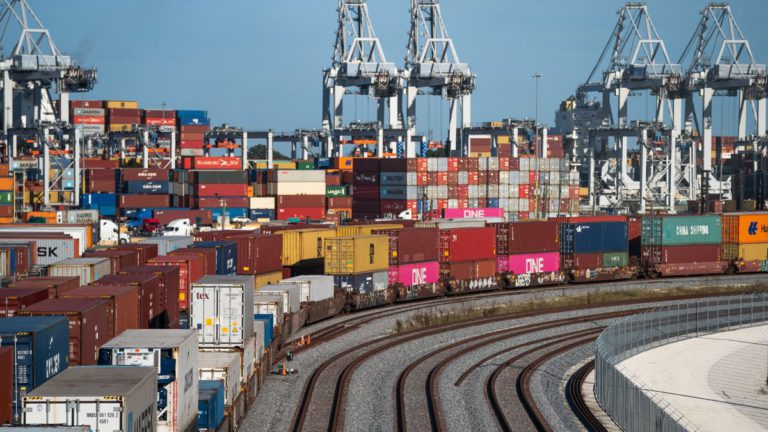The intermodal rail system in the United States is a monument to the country’s logistical expertise. This complex network links seaports, interior ports, and key industrial and consumer districts, promoting local and international trade.
The utilization of more than one method of transportation for a consignment is referred to as intermodal transportation. In the United States, this frequently entails the transfer of cargo containers from sea boats to rail carriages and then to trucks for last-mile distribution. This seamless, efficient system lets items travel over long distances rapidly while minimizing costs and environmental effects.
Seven Class I railways dominate the intermodal rail system in the United States: BNSF Railway, Union Pacific Railroad, Norfolk Southern Railway, CSX Transportation, Kansas City Southern Railway, Canadian National Railway, and Canadian Pacific Railway. Each of these firms manages vast rail networks across the United States, with BNSF and Union Pacific serving the west, Norfolk Southern and CSX serving the east, and Kansas City Southern serving the middle and southern regions.
Chicago is the largest and busiest intermodal terminal in the United States, bridging the eastern and western rail networks. Chicago handles a major part of the country’s import and export goods due to its extensive intermodal terminals and strategic position.
The Los Angeles and Long Beach ports on the west coast create one of the world’s busiest port complexes, acting as a main gateway for Asian imports. The ports of New York and New Jersey see a lot of activity on the East Coast as they handle a lot of transatlantic trade. These ports are well connected to the rail infrastructure, allowing for efficient commodity transfers from sea to train.
The agricultural heartland of the Midwest, which exports enormous quantities of grain and other agricultural products, is a vital center for export cargo. The Appalachian coal-rich regions also contribute significantly to US exports, with the product generally delivered by train to coastal ports for export.
The United States’ intermodal rail system is a logistical wonder, connecting the country’s manufacturing areas with national and international markets. It is critical to the US economy since it supports jobs, promotes commerce, and helps minimize the carbon impact of freight transportation. The value of this resilient system cannot be overemphasized as we progress towards a future that demands even greater efficiency and sustainability.



